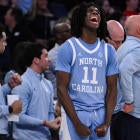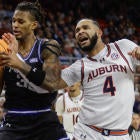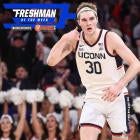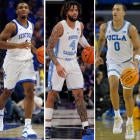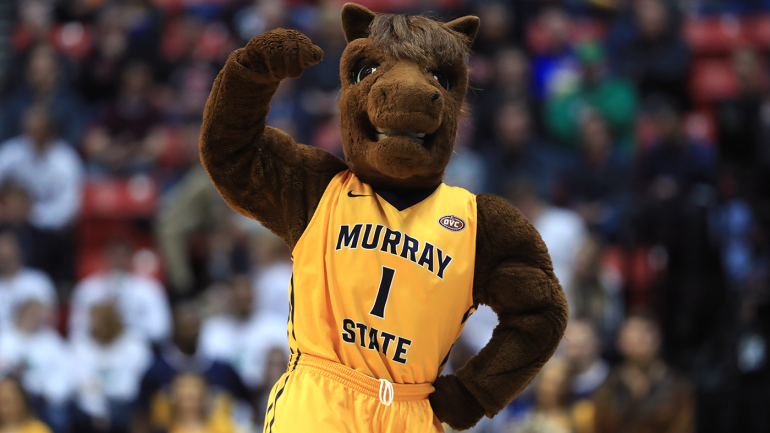
Missouri Valley's presidents have approved the addition of Murray State as the conference's future 11th member. Murray State officials met Friday and formally voted to accept the invitation and move out of the Ohio Valley Conference, where the program has been a member since its founding in 1948. CBS Sports first reported the news.
The move is the second major piece of expansion for the Missouri Valley, which approved Belmont (also an outgoing OVC member) in September.
While many schools have been courting to join one of the premier mid-major conferences in college basketball, Murray State is the only one getting the invite for now, sources said. The Racers are expected to join on July 1, 2022.
Murray State, UT Arlington and Kansas City all met on Dec. 19 to make their pitch to MVC officials. The expectation, sources said, is that the MVC will eventually expand to at least 12 schools. In addition to UT Arlington and Kansas City, UIC is also making a strong pitch to be the 12th school extended an invitation. More programs also continue to have dialogue with the conference. Two sources said the Missouri Valley could make a decision on a 12th member by the end of January.
The league has also communicated to members that the conference will be moving to a 20-game league scheduling beginning in 2022-23.
The Missouri Valley has been aggressive in realignment, particularly since Loyola Chicago will be leaving the conference after a nine-year stint in the league to join the Atlantic 10 following the 2022 season.
Historically, Murray State is one of the most credible mid-major men's basketball programs with 17 NCAA Tournament appearances. Murray State previously lost out in MVC expansion in 2017 when the league picked Valparaiso. Since that decision, Murray State has gone 100-35 in men's basketball under Matt McMahon, made two NCAA Tournaments (1-1) and produced the No. 2 overall pick in the 2019 NBA Draft, Ja Morant. Murray State also produced NBA Draft picks Cameron Payne and Isaiah Canaan over the past decade.
Sources said the school's small but feverishly dedicated fan base and its continued success in men's basketball helped it overcome the No. 1 thing holding the university back in making a previous leap to the Missouri Valley: its remote location and lack of being in a metropolitan area.












